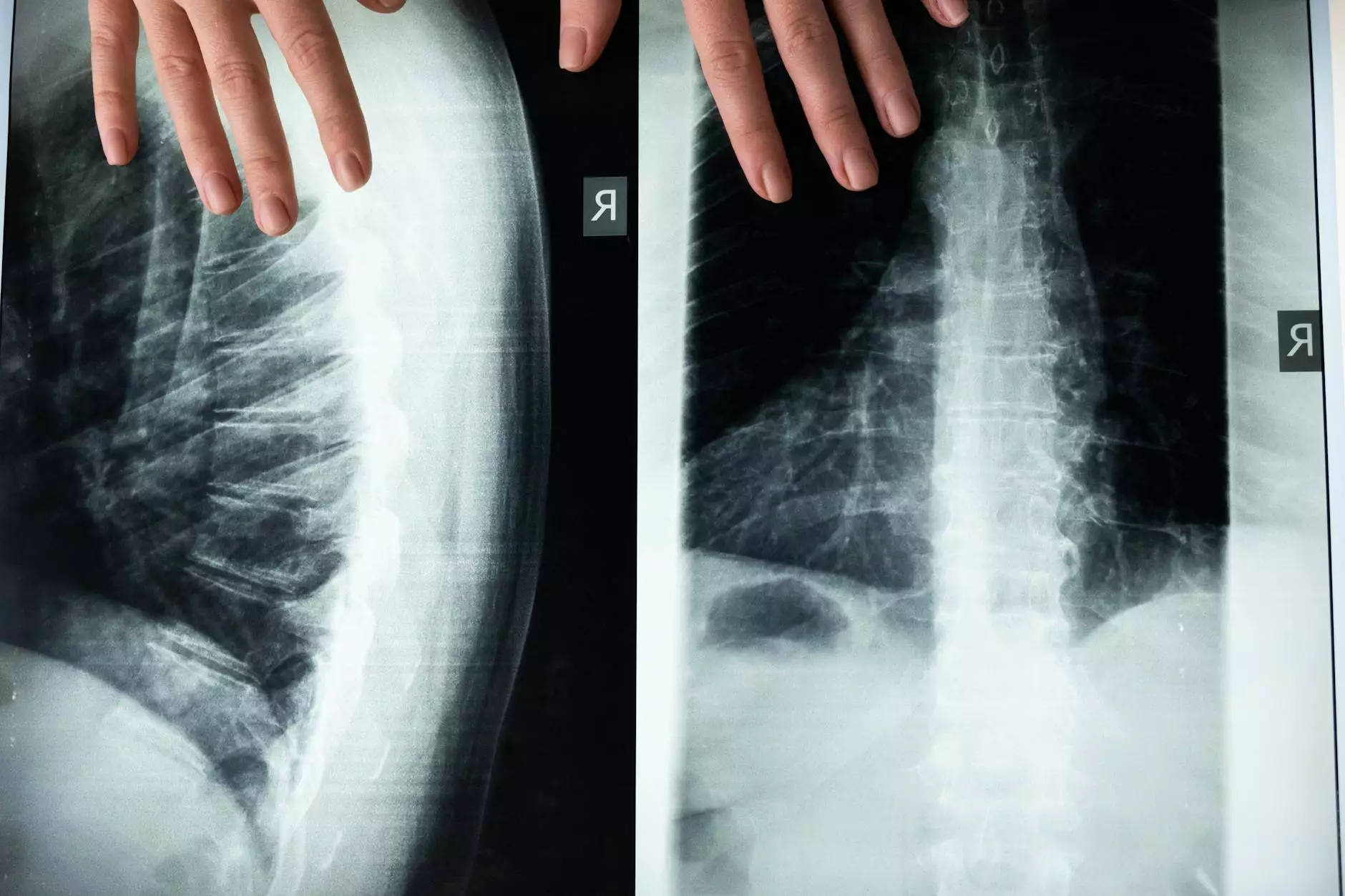Do I ICE or HEAT an injury? The Never-Ending Question.

When it comes to treating injuries, one of the most common dilemmas people face is whether to apply ICE or HEAT. It's a never-ending question, but fear not - A+ Healthcare is here to provide you with guidance and valuable information to help you make the right decision to promote better healing.
Understanding the Difference Between ICE and HEAT
Before we delve into the details, let's clarify the basic difference between ICE and HEAT treatments for injuries. ICE therapy primarily involves the application of cold to the affected area, typically using ice packs or cold compresses. On the other hand, HEAT therapy involves the application of heat, usually in the form of warm towels, heat packs, or heating pads.
ICE Therapy for Injuries
ICE therapy is generally recommended within the first 48 hours following an acute injury. It works by constricting blood vessels, reducing inflammation, numbing pain, and controlling swelling. It is particularly effective for:
- Sprains and strains
- Bruises and contusions
- Tendonitis
- Acute pain and swelling
When applying ICE, remember to:
- Use a cold pack or ice wrapped in a thin cloth to avoid direct skin contact.
- Apply ICE for 15-20 minutes at a time.
- Allow a 30-minute break between ICE applications.
- Never apply ICE directly to an open wound.
HEAT Therapy for Injuries
HEAT therapy is typically used for chronic conditions or injuries that are no longer in the acute phase. It helps relax muscles, improves blood circulation, and reduces stiffness. HEAT therapy is beneficial for:
- Chronic muscle pain
- Non-acute joint pain
- Muscle soreness
- Stress relief and relaxation
Remember the following tips when applying HEAT:
- Use warm, not hot, compresses.
- Apply HEAT for 20-30 minutes at a time.
- Allow a break between HEAT applications.
- Avoid applying HEAT to swollen or inflamed areas.
The Importance of Rest and Professional Advice
While ICE and HEAT therapies can be helpful in managing pain and promoting healing, it's crucial to remember that they are not standalone treatments. Resting the injured area and seeking professional advice are equally essential steps in the recovery process. If your injury is severe, persists, or worsens, consult a healthcare professional for an accurate diagnosis and personalized treatment plan.
Conclusion
Now that you're equipped with a better understanding of ICE and HEAT therapies for injuries, you can make an informed decision based on the nature of your injury and its stage. Remember, ICE therapy is effective for acute injuries, helping reduce inflammation and control swelling, while HEAT therapy is more suitable for chronic conditions and promoting relaxation. Always listen to your body and consult a healthcare professional if needed. A+ Healthcare is here to support you on your healing journey.



